Submitted by WA Contents
Hungarian Pavilion will explore past and future of socialist architecture at the 2021 Venice Biennale
Italy Architecture News - May 17, 2021 - 18:33 5741 views
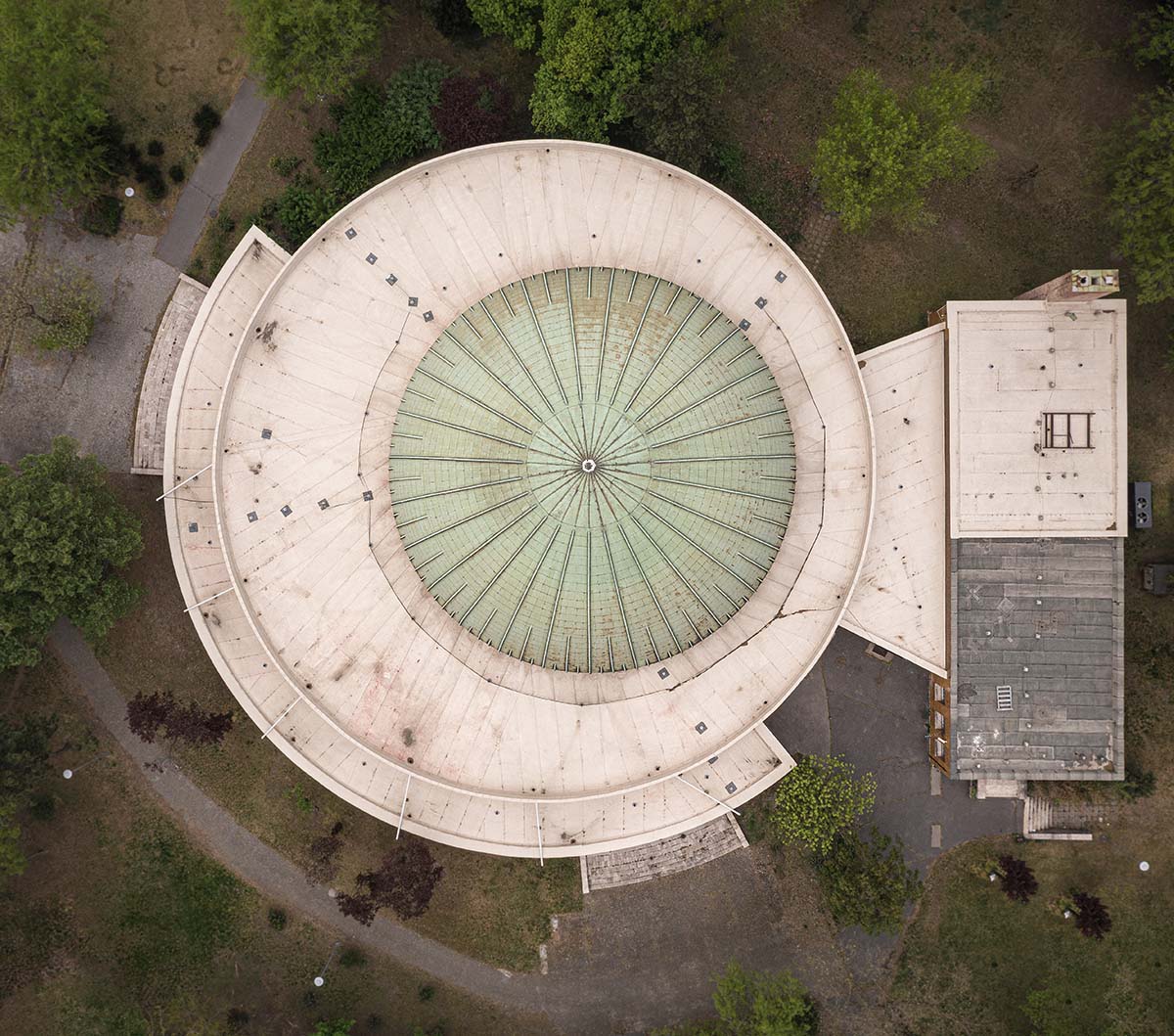
The Hungarian Pavilion has presented its theme for the 2021 Venice Architecture Biennale which will be opened to the public on May 22nd and will be on view until November 21st, 2021 at Arsenale and the Giardini venues.
Themed as "Othernity – Reconditioning our Modern Heritage", the theme will explore the past and future of socialist architecture heritage and it will rethink that how this heritage could be evaluated in possible ways in future.
The exhibition, curated by Dániel Kovács, will present 12 iconic modern buildings from Budapest, offering a possible way to reconcile past and future architecture, with new visions reconditioned by 12 architecture practices from Central and Eastern Europe.

National commissioner & curatorial team. Image courtesy of The Hungarian Pavilion
The theme is looking for an answer to the following question: what possibilities does the often disputed and in many ways obsolete heritage of the modern architecture hold for the architects of the future?.
"The Othernity for us is such a new, collaboration-based method, which helps us rethink our practice of heritage protection and, at the same time, it is such an architectural behaviour that can create a more responsible attitude towards profession and society," said the curatorial team of the Hungarian Pavilion.
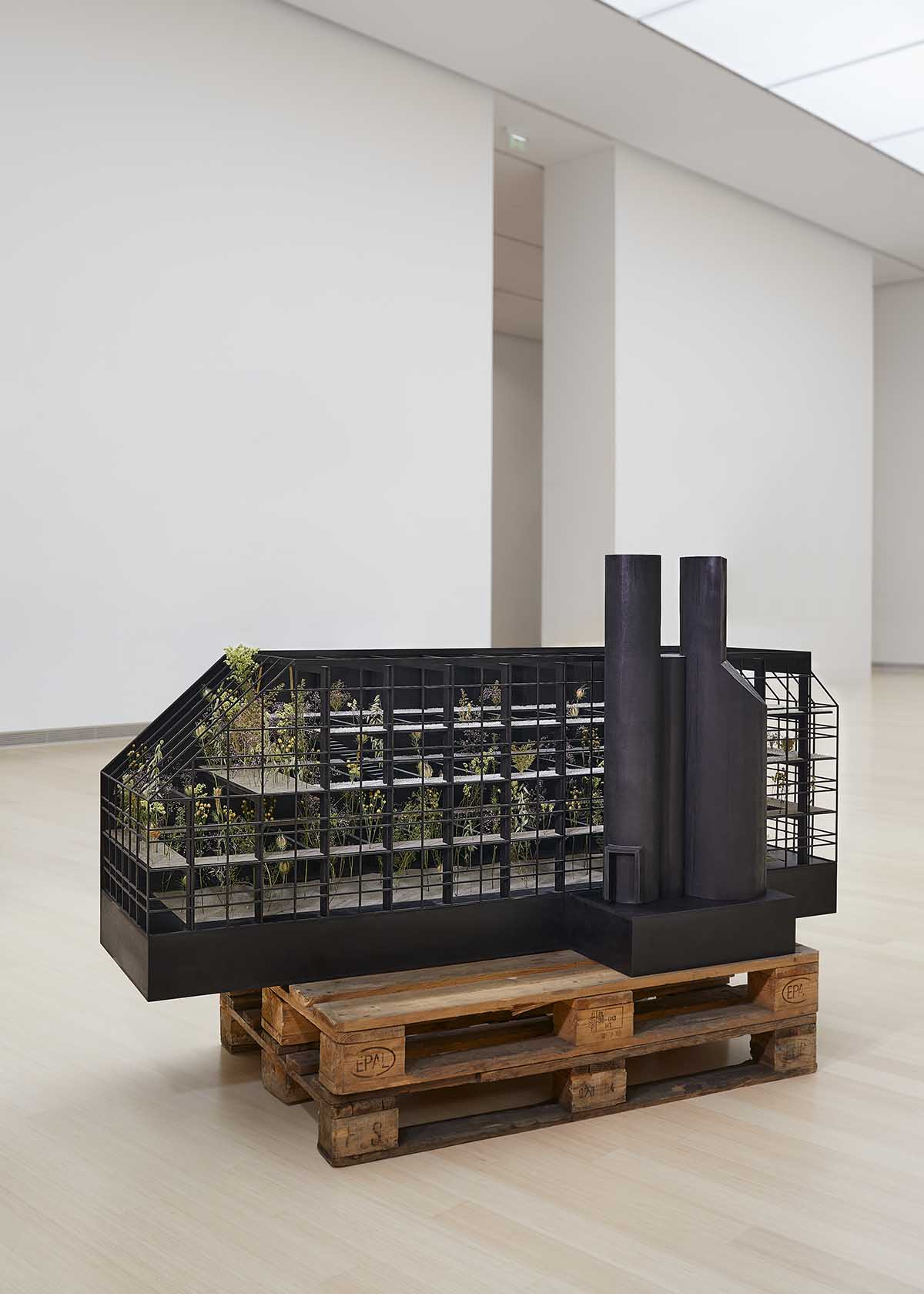
The Death of a Building by A-A Collective (Poland / Denmark / Switzerland), 2020. Image © Dániel Dömölky
The selected buildings of Budapest were built in the second half of the 20th century, during the socialist regime, and in spite of their values, they are in danger today.
The invited architects from Central and Eastern Europe know and understand the dilemmas concerning the conservation of the regional architectural heritage, however, they already studied and gained professional experience in the united Europe and one the characteristics of their projects is the experimental attitude pointing towards an international direction, which is accompanied by a fresh visual form of expression.
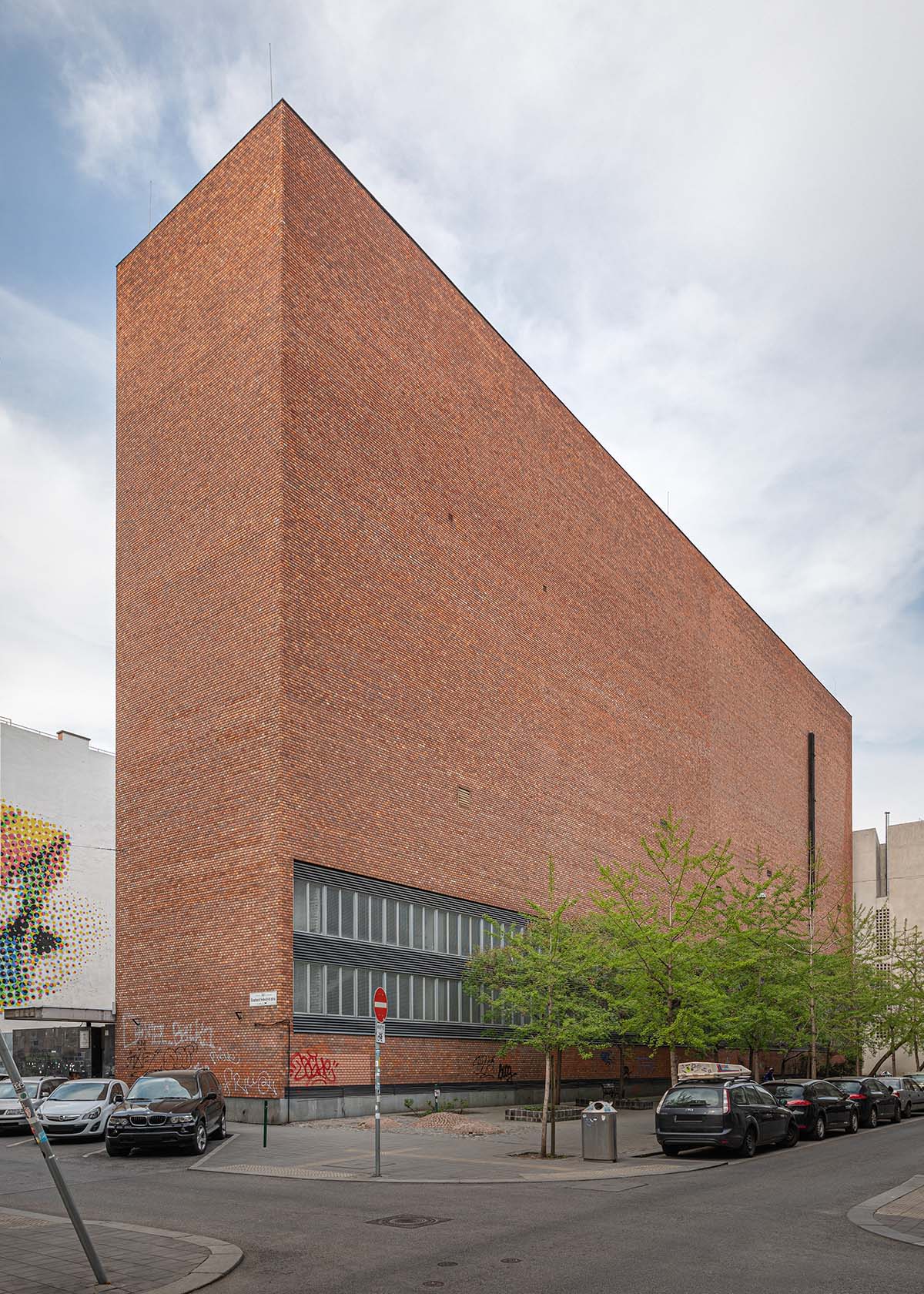
Dob Street Transformer Substation by Ernő Léstyán (ERŐTERV), 2020. Image © Dániel Dömölky
The exhibition is divided into two spaces: the "Labor" section documents the historical conditions of the 12 buildings, while the "Showroom" section presents the 12 contemporary architectural reflexions.
The structure of the two sections is built up by mirroring the parameters of the objects on display: the two narratives are inseparable from one another and can be understood only in the context of the other.
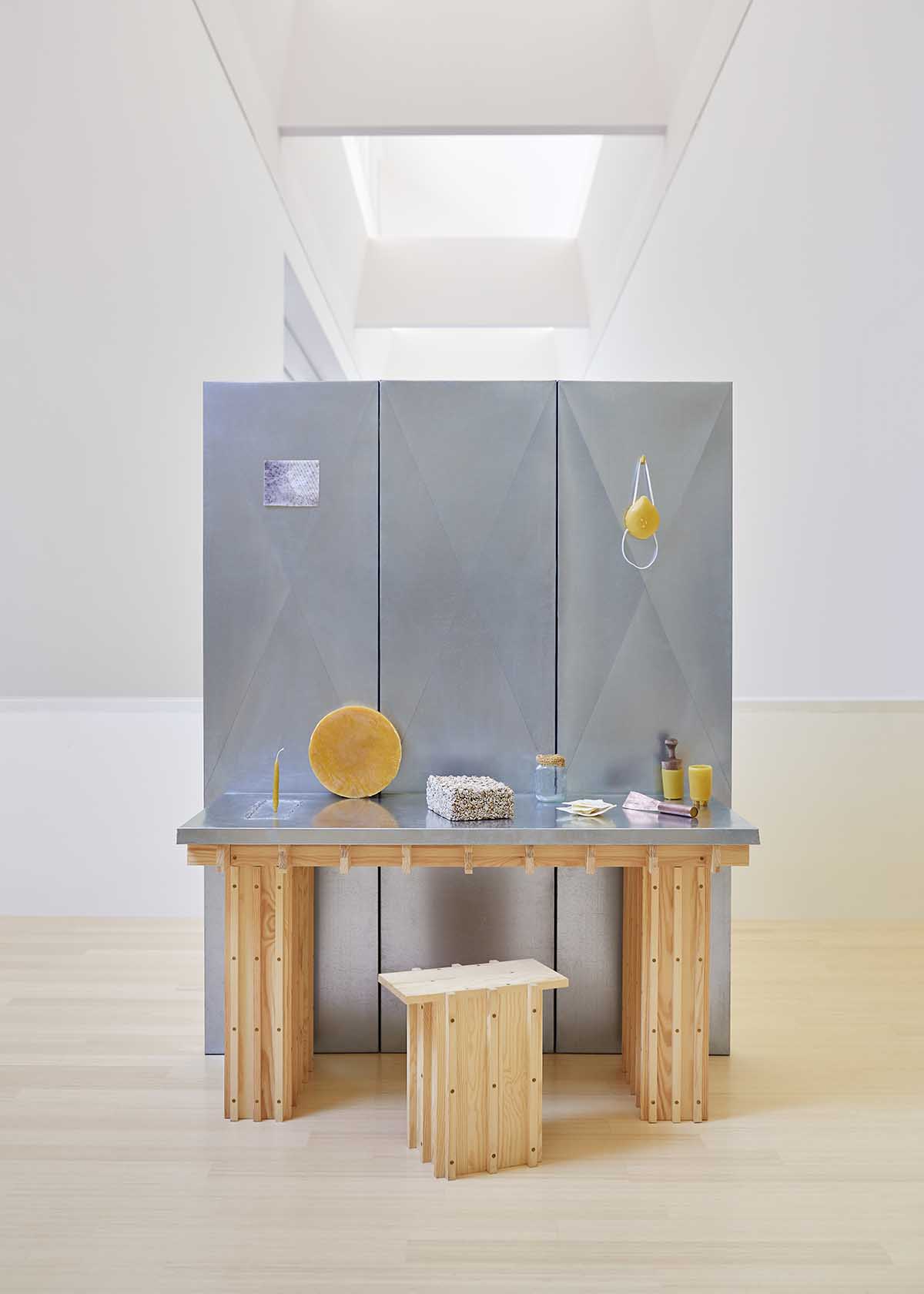
The Waxworker by Architecture Uncomfortable Workshop (Hungary), 2020. Image © Dániel Dömölky
In the catalogue of the exhibition – that presents the buildings, offices and the exhibition accompanied by rich photo documentation – the study of the architecture critic Edwin Heathcote (London) and the professor of architectural history Ákos Moravánszky (Zürich) puts the project into a wider historical context.
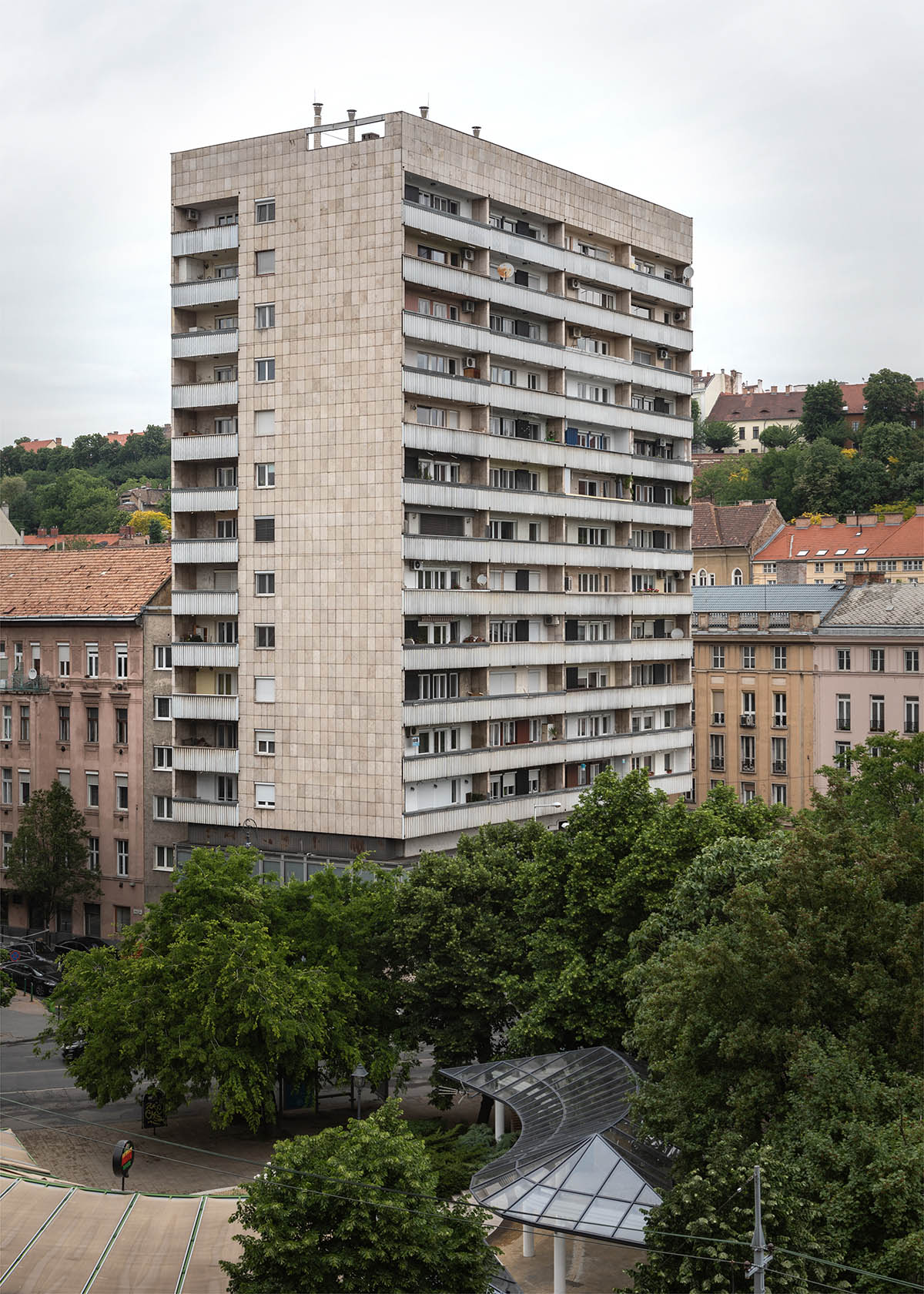
OTP Apartment Tower by Zoltán Boross (BUVÁTI), 2020. Image © Dániel Dömölky
Othernity is the first exhibition project in the history of the Hungarian Pavilion based on wide-ranging international collaboration. At the same time it is a collaborative practice, research on heritage protection and the expression of our conviction that the architecture of the future can be built on the past in order to reach due resilience, adequate sustainability and strong identity bonds.
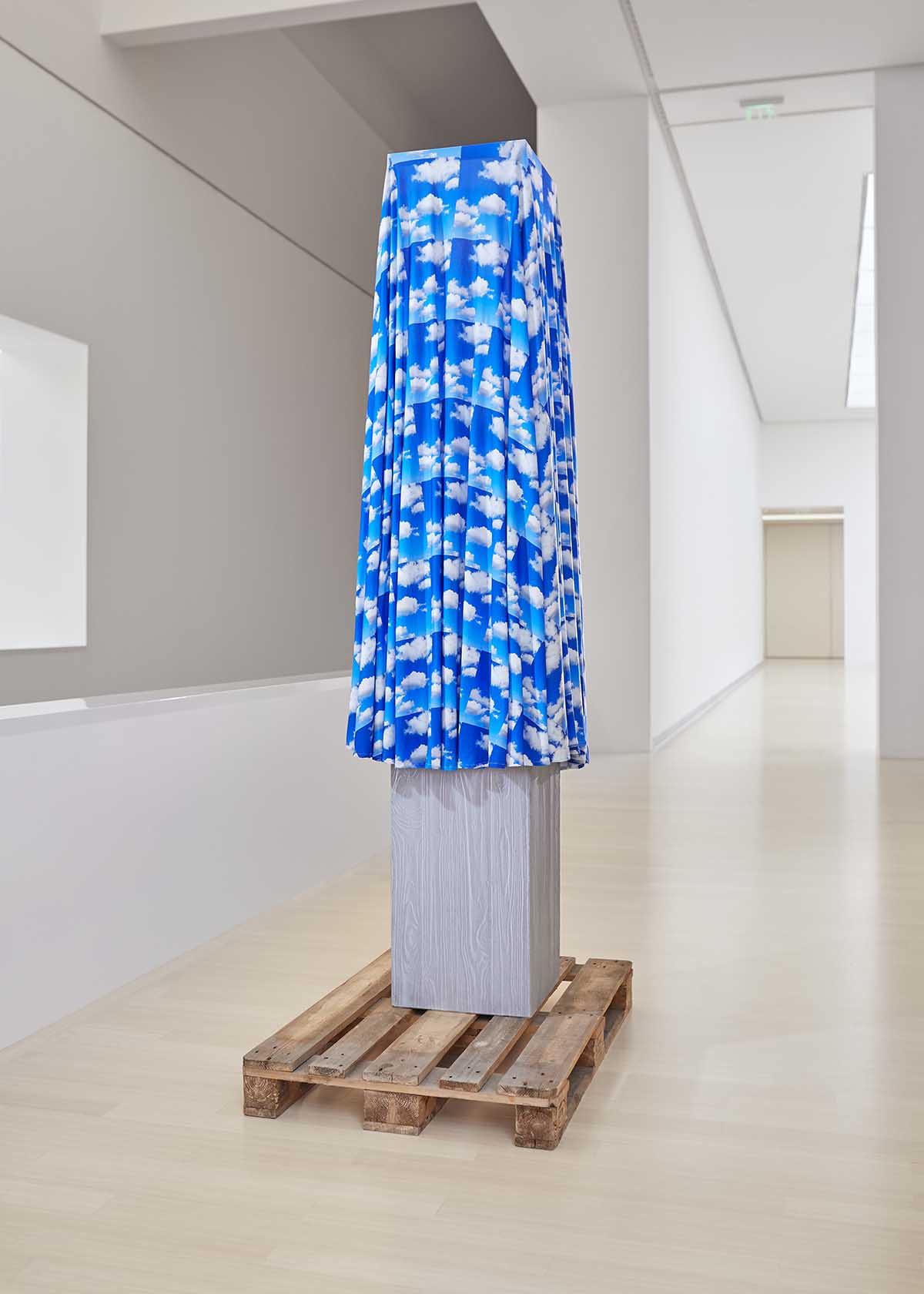
Red Line by MNPL (Ukraine), 2020. Image © Dániel Dömölky
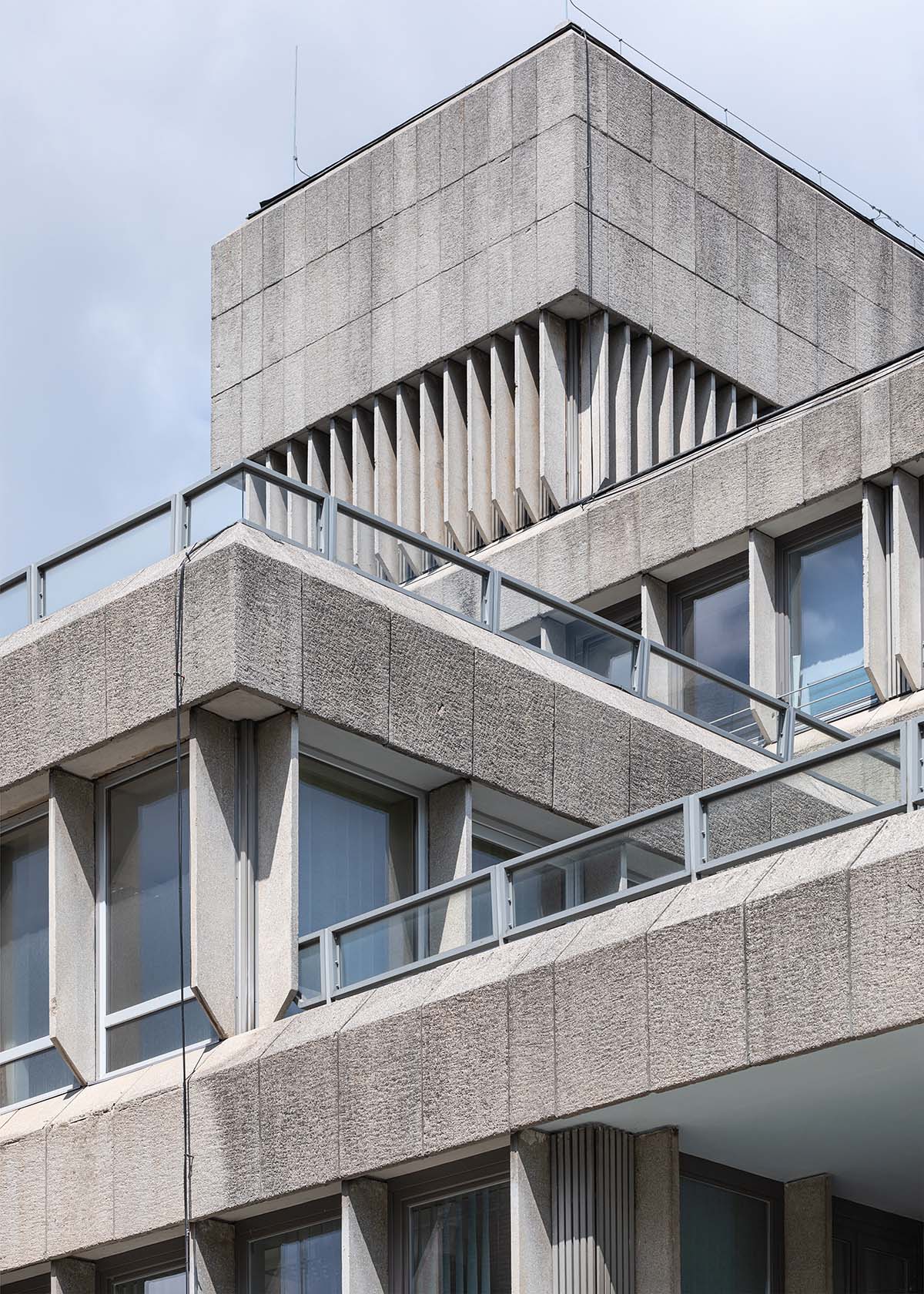
OKISZ Headquarters by János Mónus (ÁÉTV), 2020. Image © Dániel Dömölky
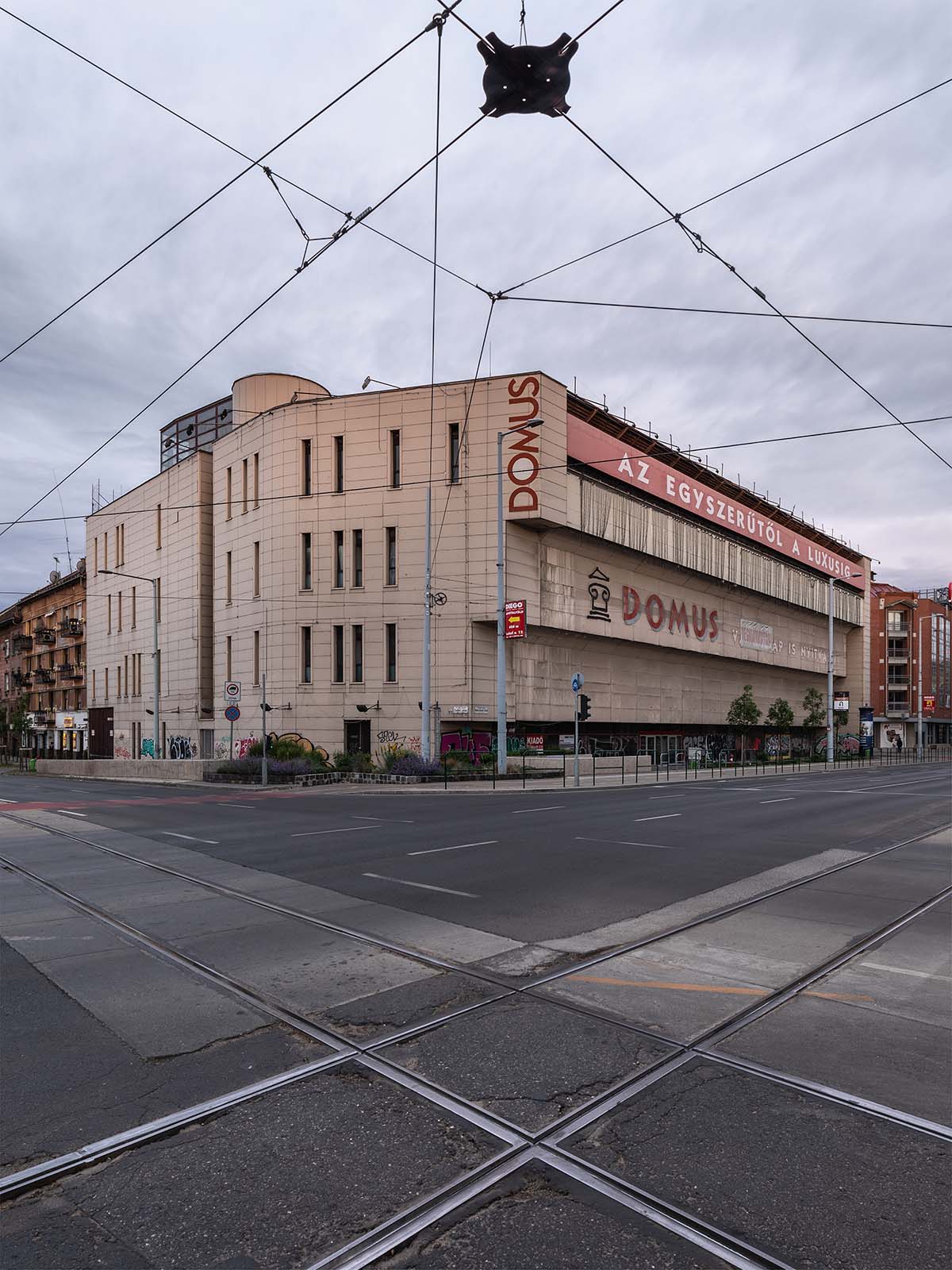
Domus Furniture Store by Antal Lázár and Péter Reimholz (IPARTERV), 2020. Image © Dániel Dömölky
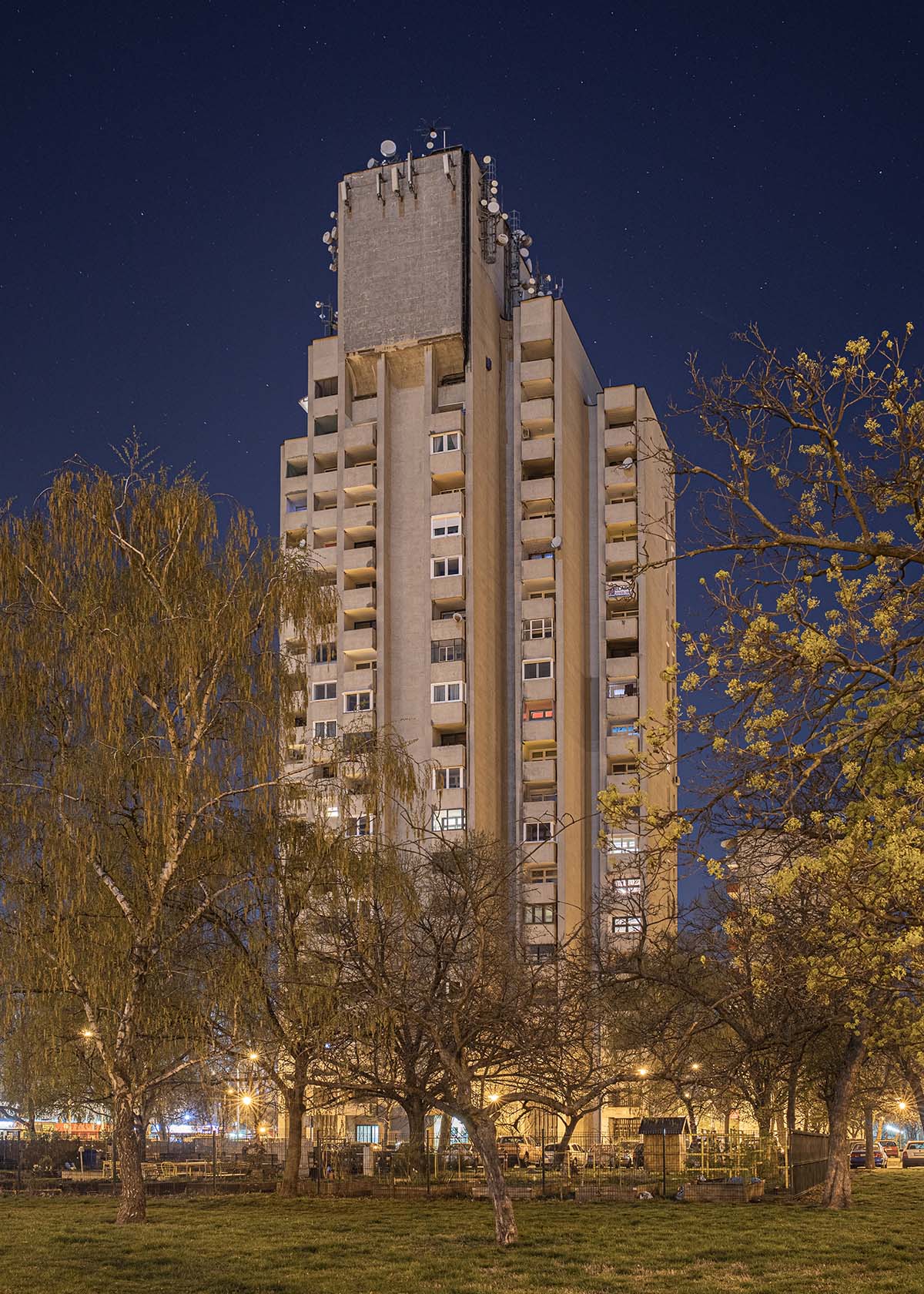
Újpalota Apartment Tower by Tibor Tenke (TIT) and József Thoma (MÉLYÉPTERV), 2020. Image © Dániel Dömölky
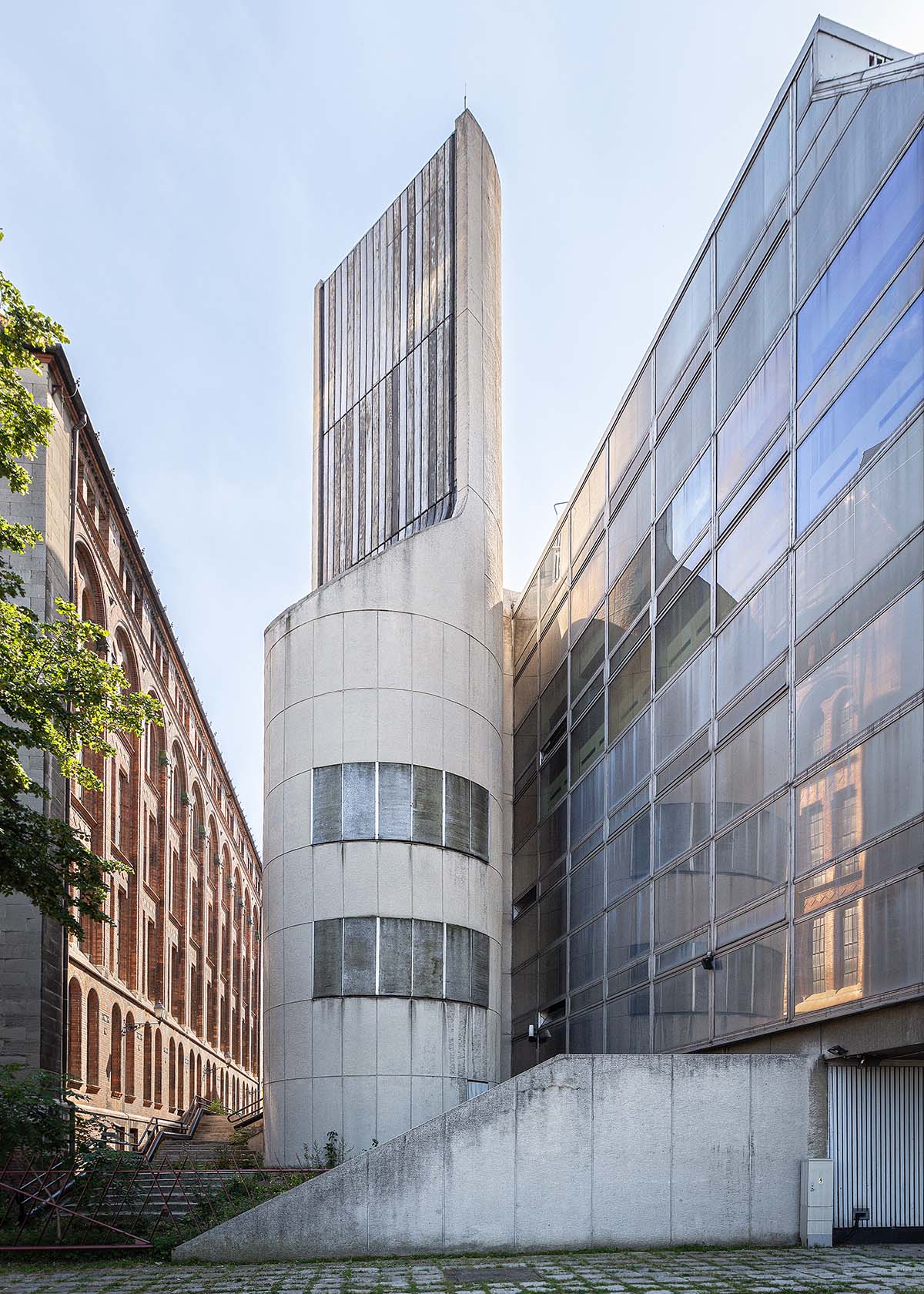
National Power Dispatch Centre by Csaba Virág (LAKÓTERV), 2020. Image © Dániel Dömölky

Kelenföld City Center by István Zilahy and József Bada (LAKÓTERV), 2020. Image © Dániel Dömölky

District XIII. Headquarters of the Hungarian Socialist Workers’ Party by Margit Pázmándi (ÁÉTV), 2020. Image © Dániel Dömölky
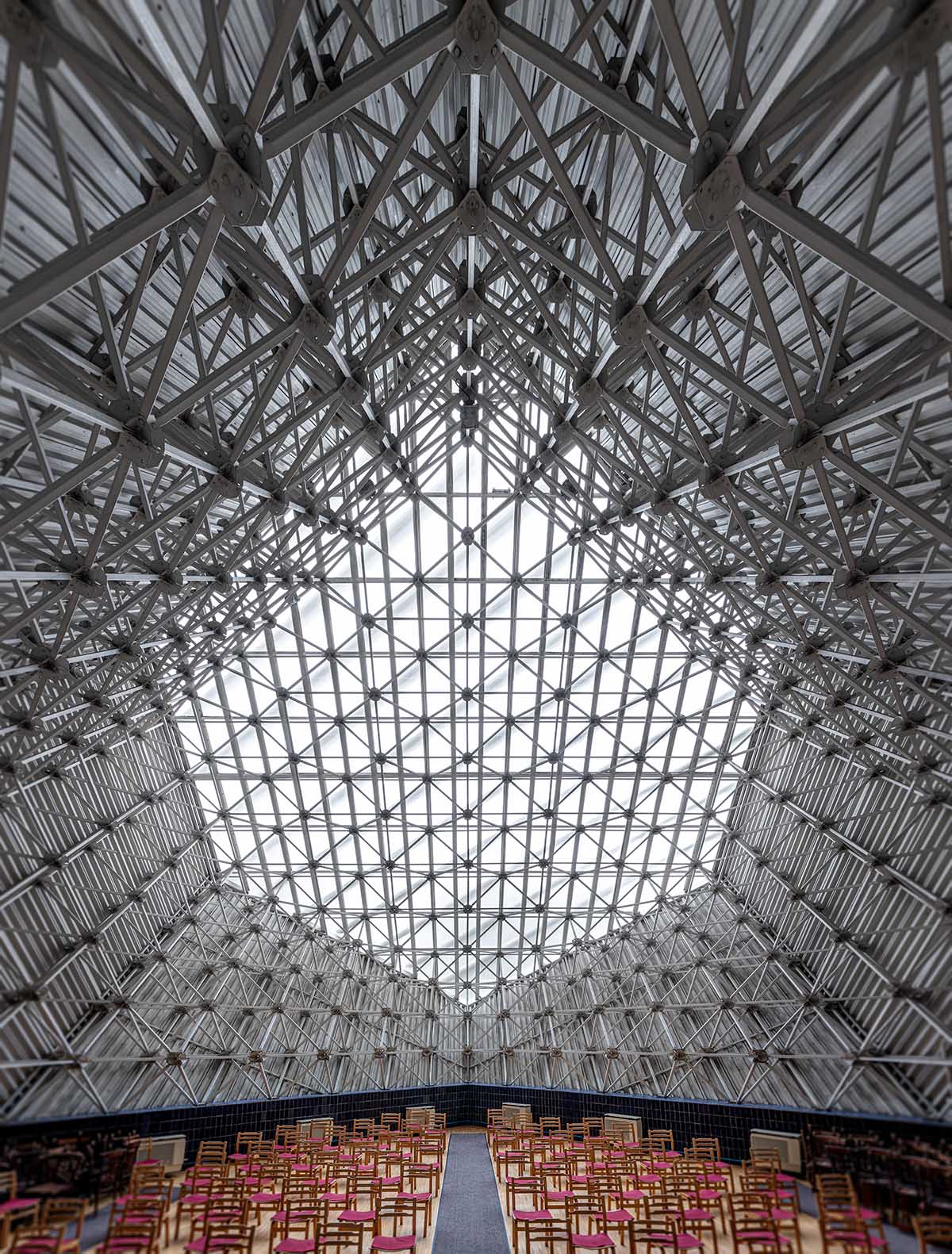
Reformed Church of Outer Kelenföld by István Szabó, 2020. Image © Dániel Dömölky
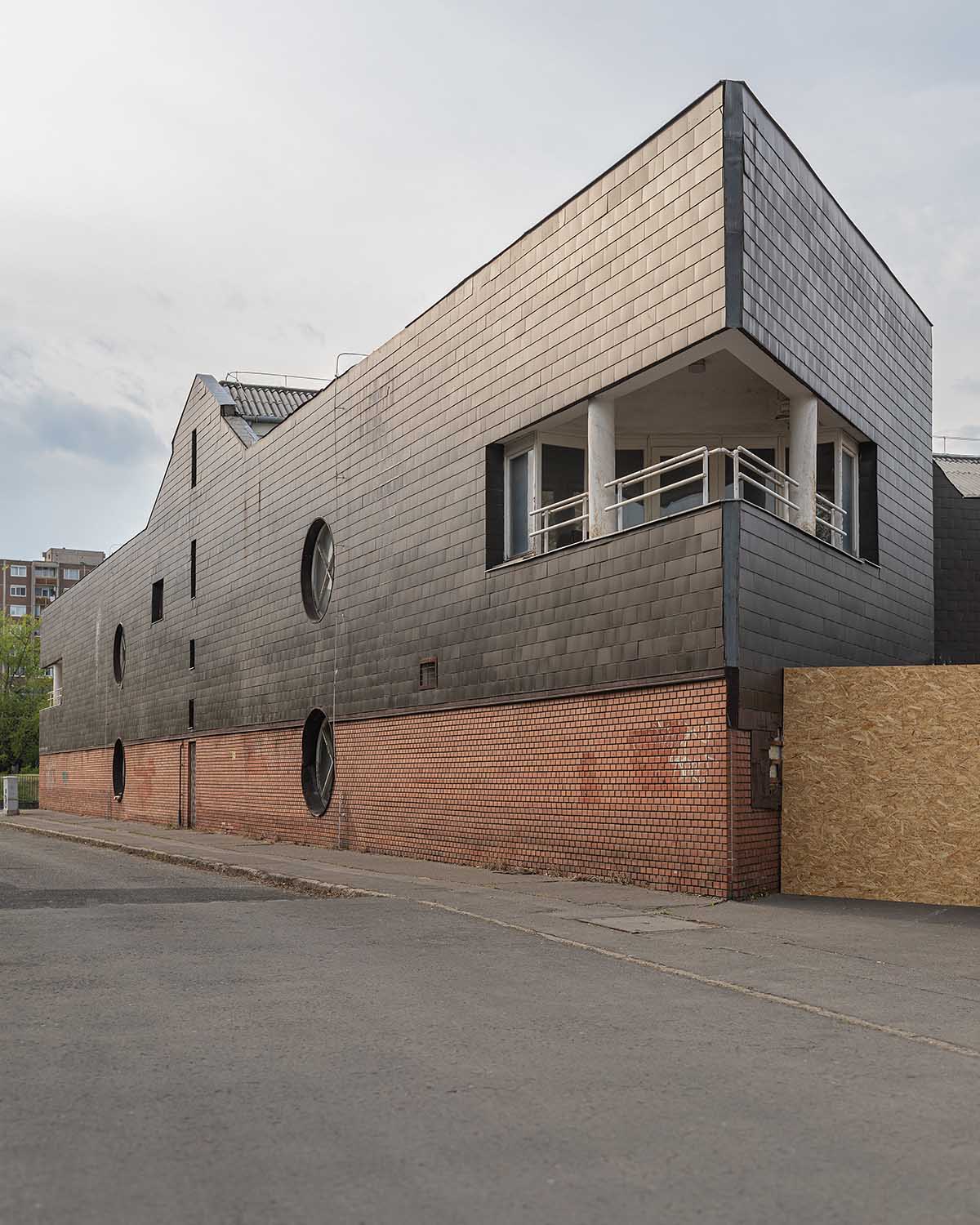
Endre Ady Culture House Újpest by István Ferencz (ÉSZAKTERV), 2020. Image © Dániel Dömölky
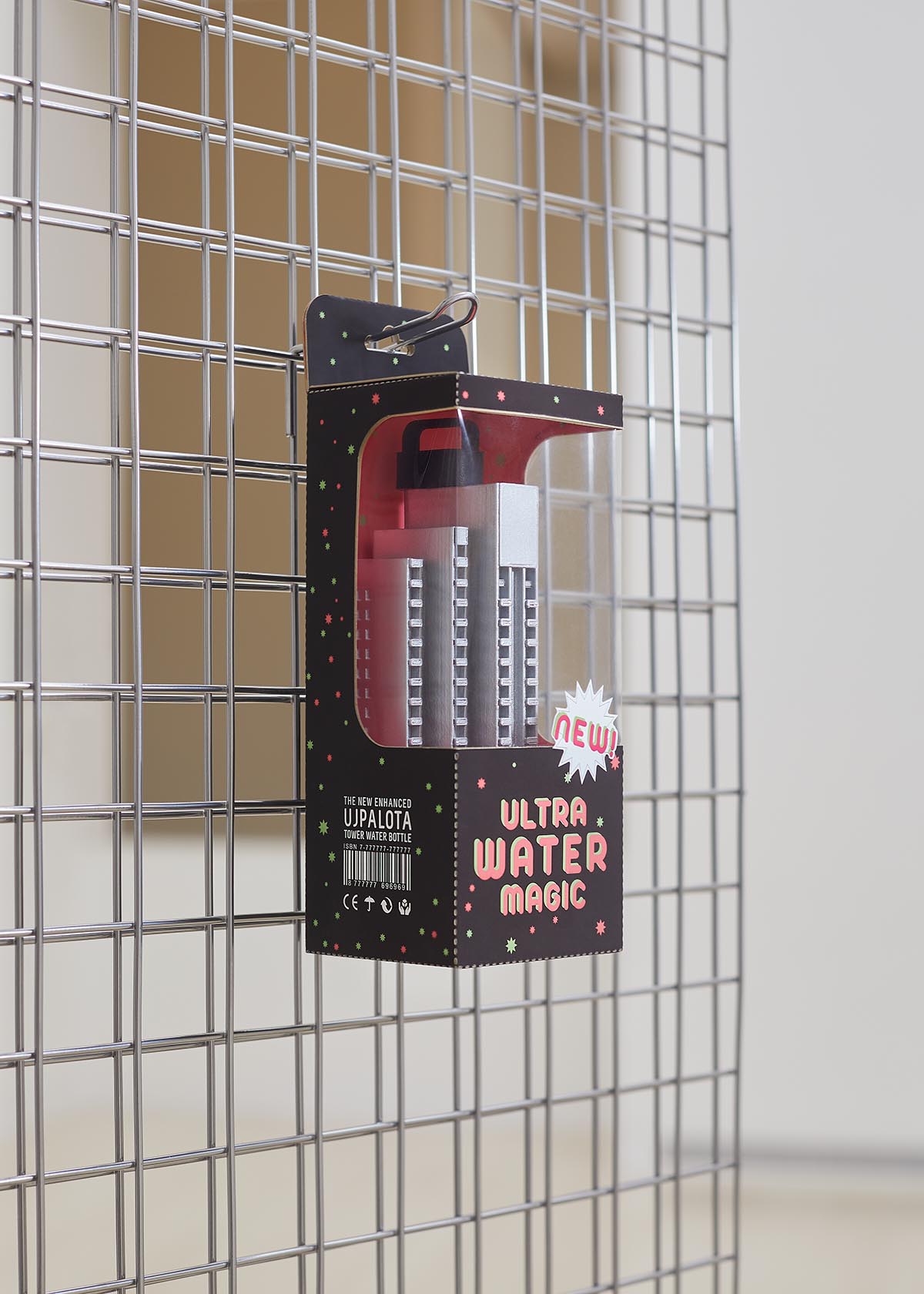
Ultra Water Magic by Studio Act (Romania), 2020. Image © Dániel Dömölky
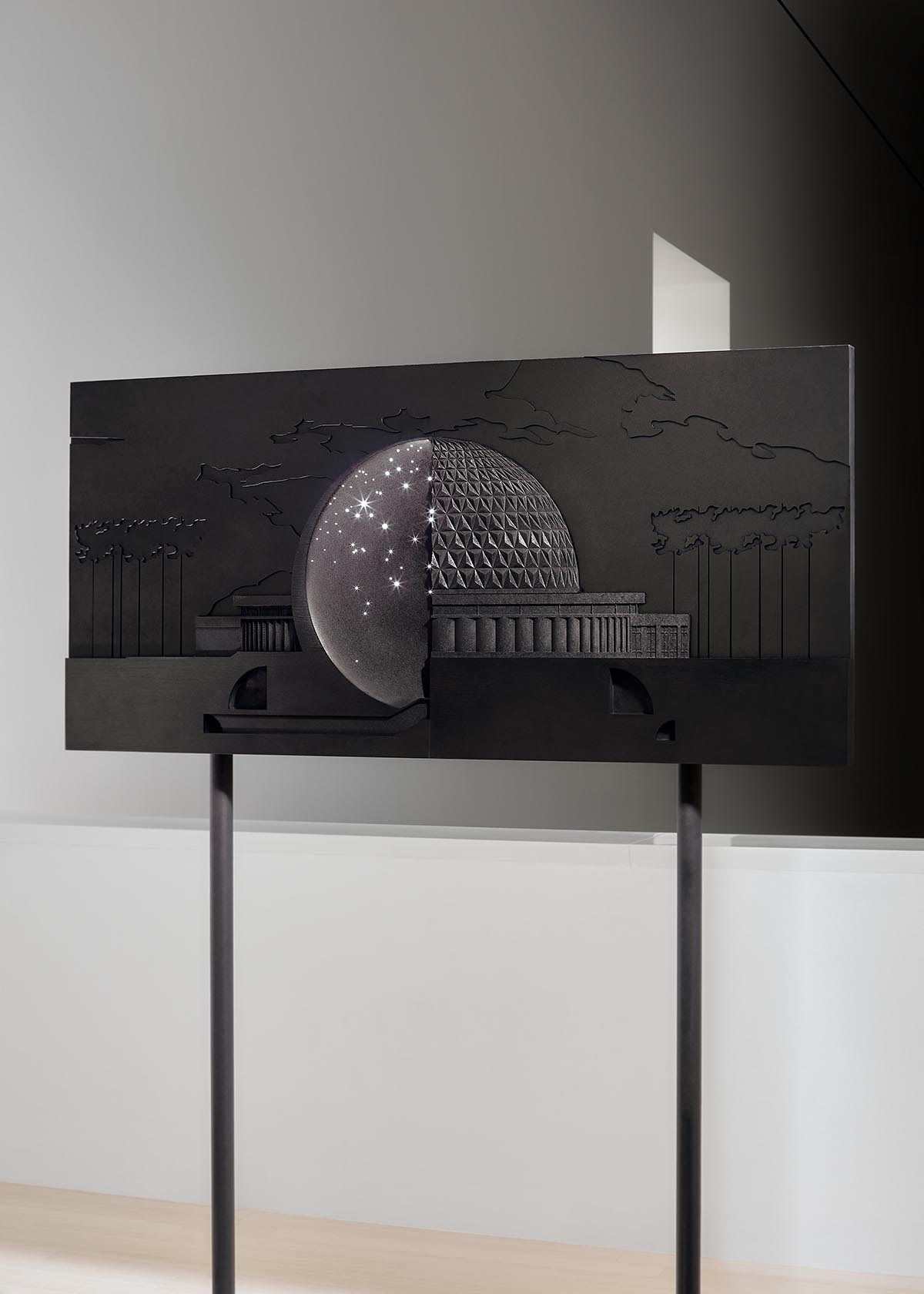
Stars, Dead Body and Other Forms That Do Not Change by LLRRLLRR (Estonia / United Kingdom), 2020. Image © Dániel Dömölky
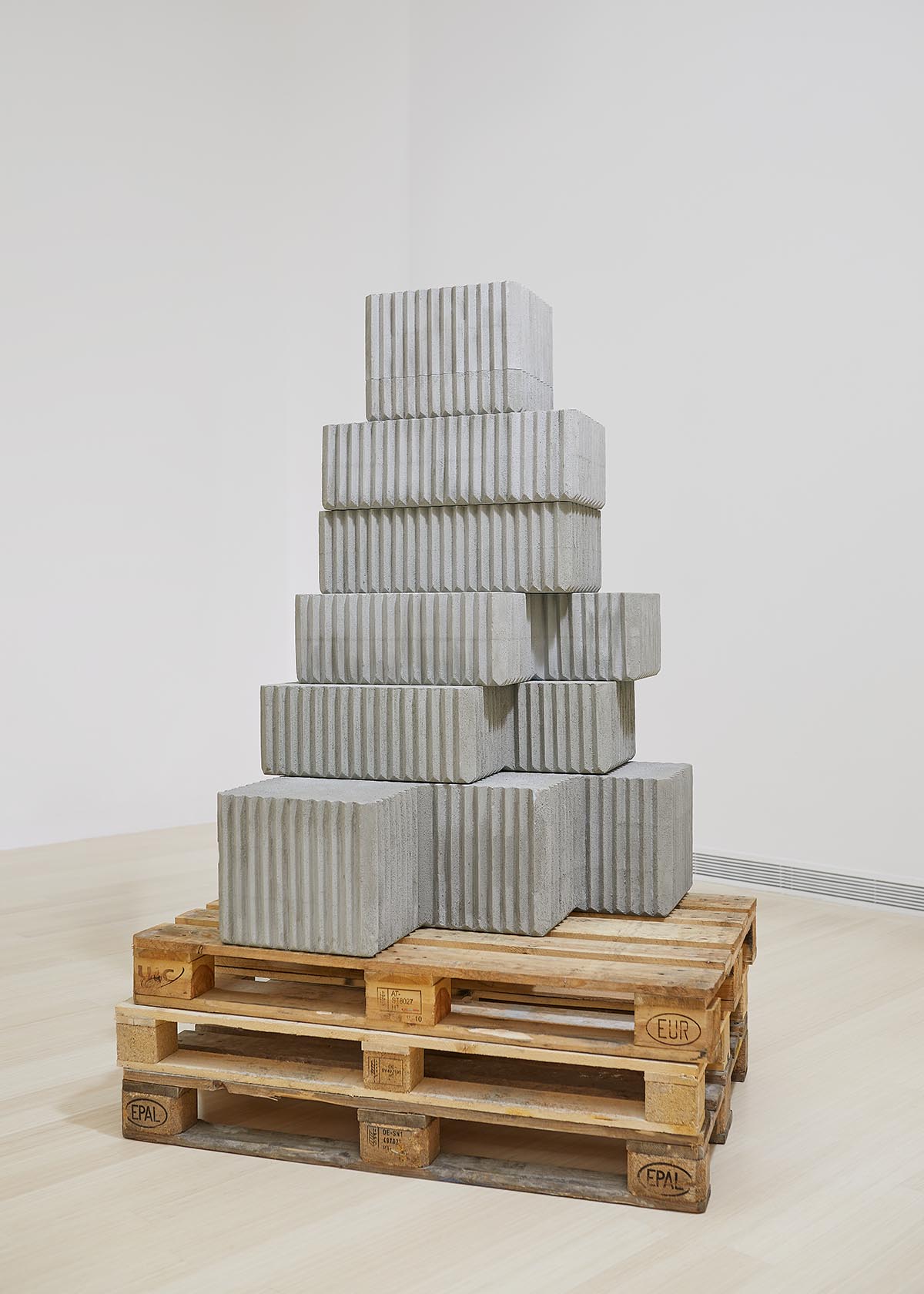
Perpetual by b210 (Estonia), 2020. Image © Dániel Dömölky
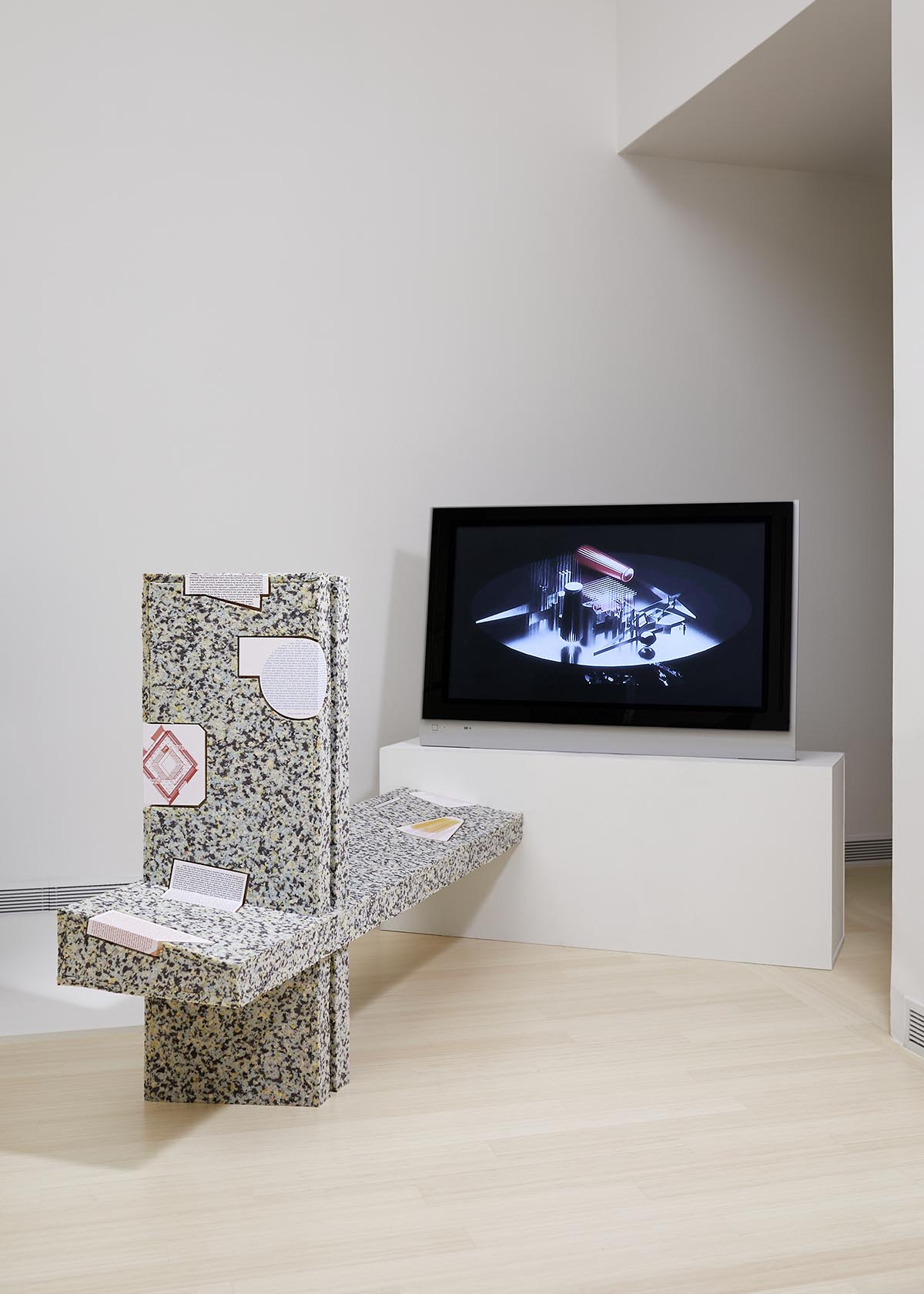
Soft Architecture by Vojtěch Rada (Czechia), 2020. Image © Dániel Dömölky
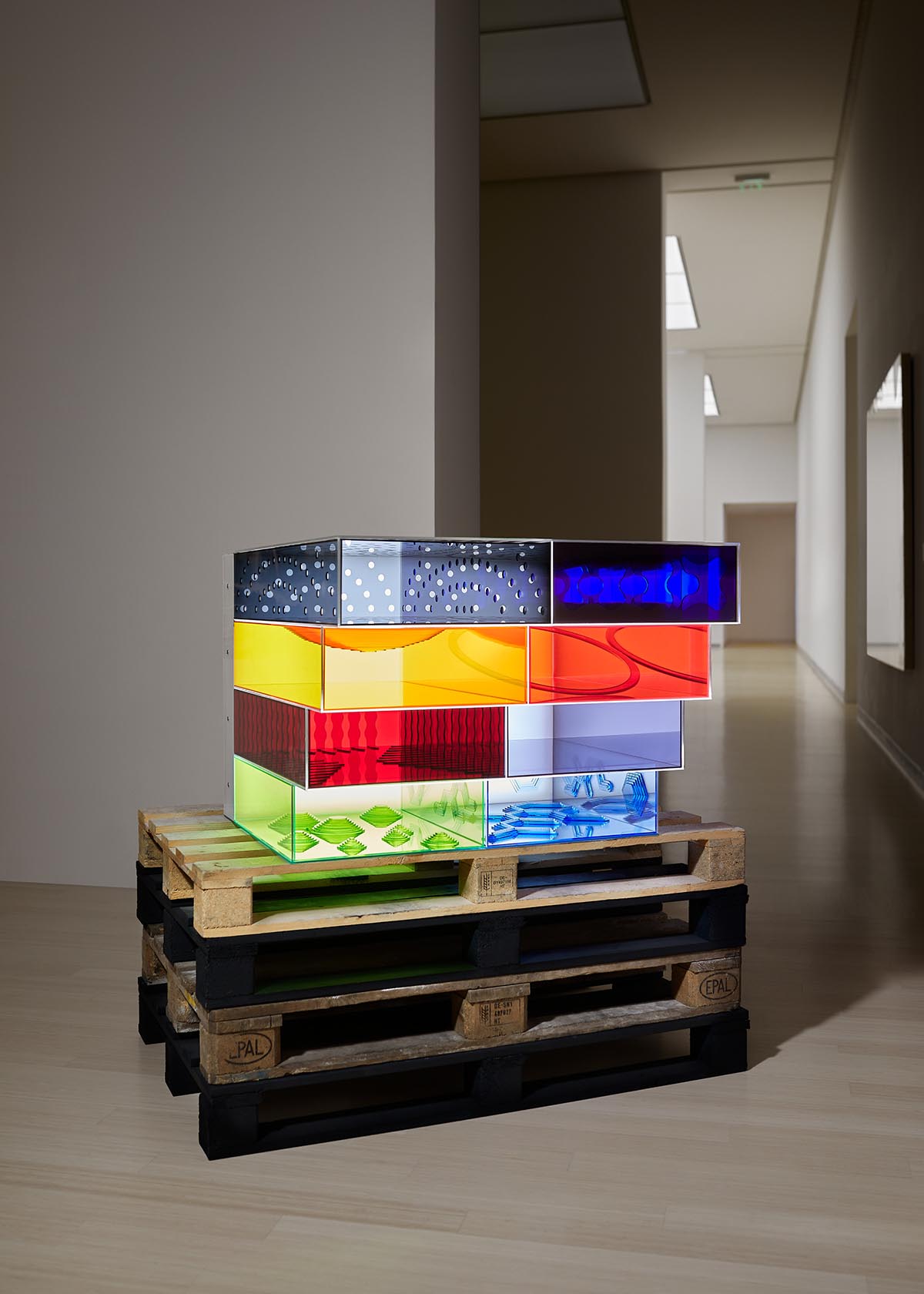
Domus Baths by BUDCUD (Poland), 2020. Image © Dániel Dömölky
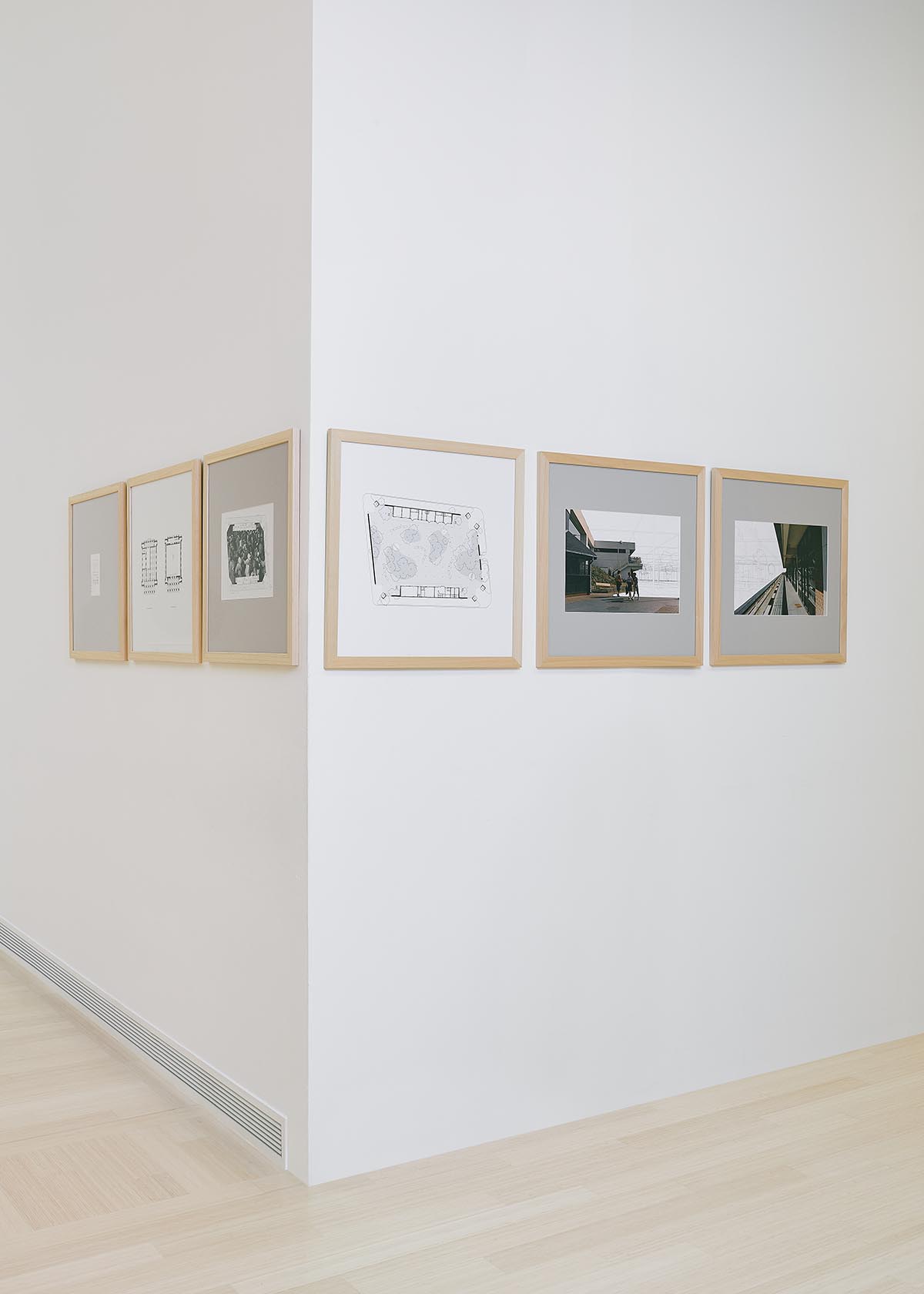
Újpest Living Room by PLURAL (Slovakia), 2020. Image © Dániel Dömölky

MO – NU – MENTS by KONNTRA (Slovenia / North Macedonia / Croatia), 2020. Image © Dániel Dömölky

1 250 000 m³ by MADA (Serbia), 2020. Image © Dániel Dömölky
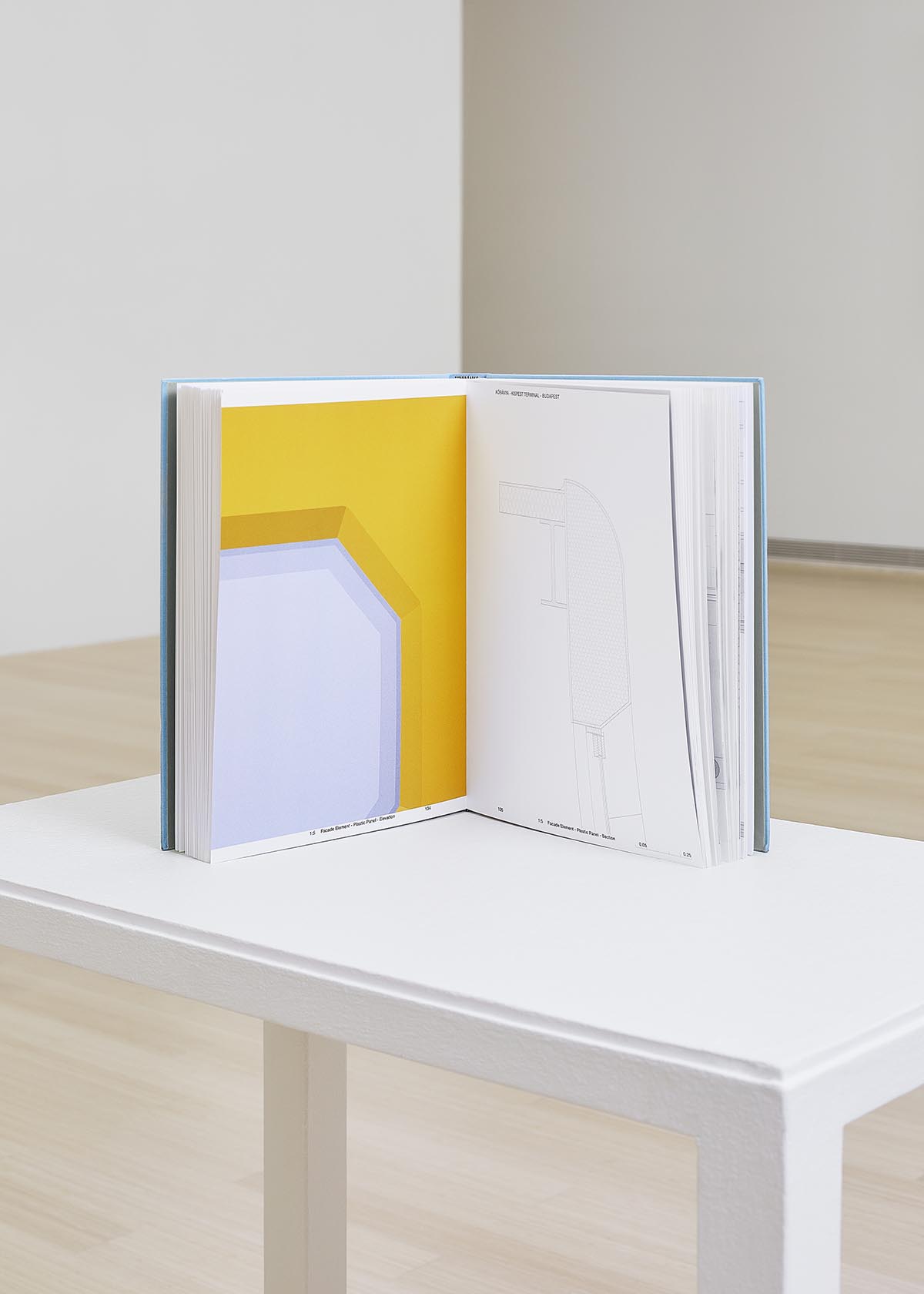
Worst-case Scenario Heritage Management by Paradigma Ariadné (Hungary), 2020. Image © Dániel Dömölky
Participants:
A-A Collective (Poland / Denmark / Switzerland)
Architecture Uncomfortable Workshop (Hungary)
b210 (Estonia)
BUDCUD (Poland)
KONNTRA (Slovenia / North-Macedonia / Croatia)
LLRRLLRR (Estonia / United Kingdom)
MADA (Serbia)
MNPL Workshop (Ukraine)
Paradigma Ariadné (Hungary)
PLURAL (Slovakia)
Vojtěch Rada (Czech Republic)
Studio Act (Romania)
National commissioner: Julia Fabényi
Curator: Dániel Kovács
Curatorial team: Attila Róbert Csóka, Szabolcs Molnár, Dávid Smiló
Organisation: Ludwig Museum – Museum of Contemporary Art
With the support of: Ministry of Human Resources
Top image: TIT Budapest Planetarium by László Lux and Tamás Tömöry with BME, 2020. Image © Dániel Dömölky
> via Hungarian Pavilion